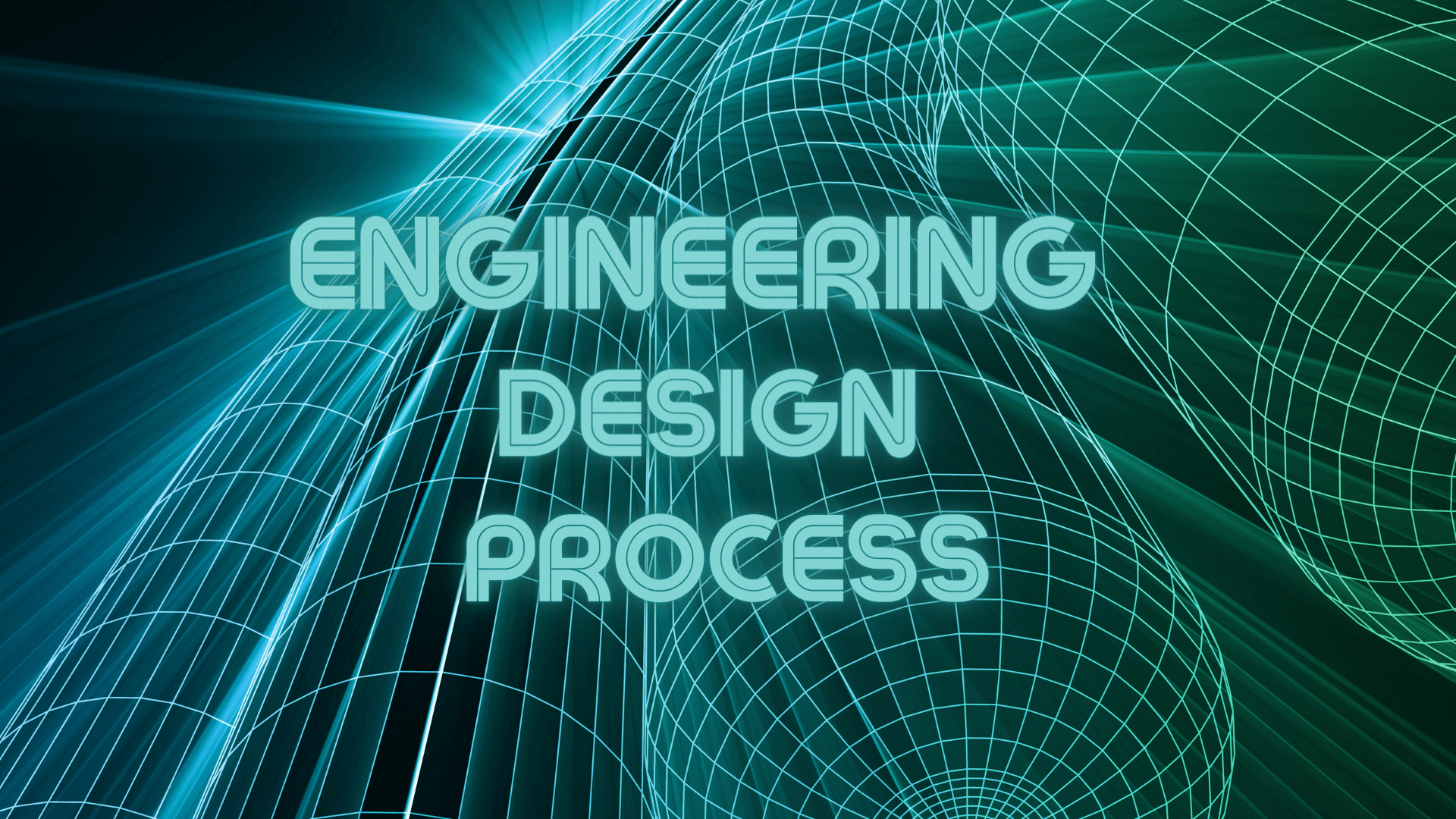
The engineering design process is a structured methodology for solving complex problems. Often used in various engineering disciplines, this framework ensures that all aspects of a project are thoroughly considered, offering a holistic solution. For both budding engineers and seasoned professionals, understanding and mastering the engineering design process is crucial for delivering successful projects. In this comprehensive guide, we’ll walk you through each stage of this process, shedding light on best practices, effective strategies, and tools.

The first step in the engineering design process is to clearly identify the problem you are trying to solve. Rather than focusing solely on the technical aspects, a well-rounded understanding must also encompass the social, economic, and environmental factors that could influence the project.
Best Practices:
Once the problem is identified, the next step is to perform in-depth research to gather all relevant information. This is a critical stage that aids in defining specifications and constraints for the design.
Key Tools:
With a well-rounded understanding of the problem and research data in hand, the next step is to develop design specifications. These are detailed requirements that a solution must meet to be considered successful.
| Specification Type | Description |
|---|---|
| Functional | Describes what the design must do or achieve. |
| Performance | Defines the level at which the design must operate. |
| Constraint | Lists limitations, such as budget or regulatory restrictions. |
The following step involves generating multiple design concepts and evaluating them against the specifications. During this phase, creativity meets practicality as engineers brainstorm and sketch out ideas.
Strategies for Concept Generation:

For concept evaluation, tools like the Pugh Matrix can be instrumental. This technique compares potential solutions against a baseline concept, making it easier to identify the most promising design.
This covers the initial stages of the engineering design process. In the sections that follow, we will explore the subsequent steps, including prototyping, testing, and final implementation.
After narrowing down to a viable design concept, the next phase involves creating a prototype. A prototype is a preliminary model that serves as a working example of the final design. This step is essential for visualising and testing the design concept in a tangible form.
Types of Prototypes:
| Type | Description |
|---|---|
| Physical | A tangible, three-dimensional model often fabricated using materials similar to the final product. |
| Digital | An electronic representation, often created using Computer-Aided Design (CAD) software. |
| Mathematical | Simulates design behaviour through mathematical equations and algorithms. |
The prototype is rigorously tested under various conditions to validate its functionality and performance. Testing is crucial for identifying any design flaws or areas for improvement. Data collected during this stage informs further iterations of the design.
Common Testing Methods:
Based on the testing results, the design may require further adjustments. Iteration is a common aspect of the engineering design process. Each cycle brings the design closer to the optimal solution that meets all specifications and constraints.

Approaches for Iteration:
A critical yet often overlooked stage is documentation. This involves recording every detail of the design, from the initial problem statement to the final specifications. Proper documentation ensures that knowledge is not lost and facilitates future modifications or reproductions of the design.
Essential Documents:
| Document Type | Purpose |
|---|---|
| Design Report | Summarises the entire design process, key decisions, and outcomes. |
| Technical Drawings | Provides detailed graphical representations of the design. |
| Test Results | Compiles all data from prototype testing for analysis. |
Mastering the engineering design process is not an overnight endeavour, but a commitment to continuous learning and adaptation. By understanding and effectively implementing each step, you can ensure that your engineering projects are not only successful but also innovative and impactful.
After multiple iterations and extensive testing, the design is ready for final implementation. This step includes the procurement of materials, actual fabrication, and the assembly of components into the finished product or system. Quality control measures are integrated to ensure that the final output adheres to the set specifications and standards.
Implementation Strategies:
Quality assurance is integral to the final stages of the engineering design process. Validation ensures that the design meets all predefined specifications and performs reliably under real-world conditions.

Quality Assurance Methods:
After deployment, it’s vital to conduct post-implementation reviews to assess the design’s overall success and gather lessons for future projects. Regular maintenance checks are also necessary to ensure sustained performance and longevity.
Post-Implementation Best Practices:
Mastering the engineering design process is a multifaceted journey that requires a blend of technical expertise, creativity, and strategic thinking. By adhering to a structured methodology, engineers can systematically address complex problems and develop solutions that are not only effective but also sustainable and innovative. From identifying the problem to post-implementation review, each step offers its own set of challenges and opportunities for growth and learning.
By embracing best practices, leveraging key tools, and committing to ongoing professional development, you can elevate your engineering projects to new levels of excellence.
Although this guide provides a comprehensive overview of mastering the engineering design process, continuous learning and skill enhancement are vital for achieving excellence. Here are some additional resources that can deepen your understanding and improve your practice.
| Resource Type | Details |
|---|---|
| Books | Engineering Design Methods by Nigel Cross: This book offers a detailed exploration of design methodologies. |
| Online Courses | Engineering Design Process Specialisation on Coursera: A series of courses that delve into each step of the engineering design process. |
| Software Tools | AutoCAD: A leading Computer-Aided Design software used for drafting and 3D modelling. |
| Conferences | ICED Conferences: International Conference on Engineering Design, a biennial event that focuses on advancements and best practices in engineering design. |
The engineering design process is a complex, multi-step methodology that demands a well-rounded skill set, including technical acumen, problem-solving ability, and effective communication. While the process can be challenging, a structured approach can simplify complex problems and lead to innovative, efficient solutions. Mastery of the engineering design process is attainable through a combination of educational resources, hands-on experience, and a commitment to lifelong learning.
By understanding each stage in detail and utilising the resources and tools available, you can rise to the challenges of modern engineering. Whether you’re a student, a young engineer, or a seasoned professional, mastering the engineering design process will equip you with the skills necessary to excel in the ever-evolving landscape of engineering challenges and opportunities.